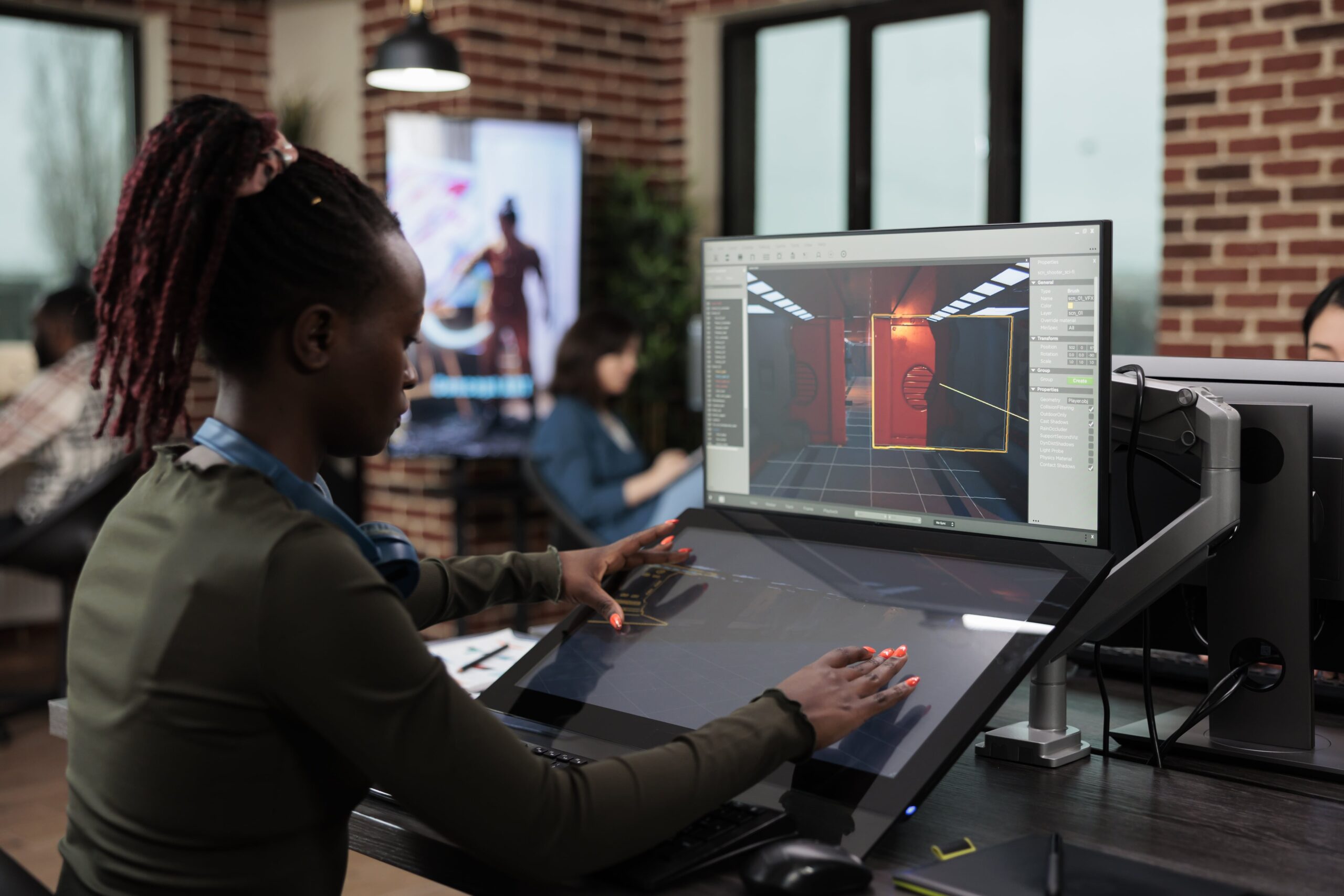Animated media has long been a powerful medium for storytelling, entertaining audiences of all ages with its vibrant visuals and engaging narratives. However, beneath the surface of these colorful worlds lies a complex web of cultural stereotypes that often go unnoticed.
In this article, we will delve into the world of animated media to explore the ways in which cultural stereotypes are perpetuated and how we can work towards deconstructing them.
Animator
One of the most coveted roles in the animated media industry is that of an animator. Animators are responsible for bringing characters and scenes to life through movement and expression. They play a crucial role in shaping the overall look and feel of a project, making them instrumental in the storytelling process.
Animators must possess a strong understanding of anatomy, movement, and character development to create believable and engaging animations.
Character Designer
Character designers are tasked with creating the visual appearance of characters in animated media. They work closely with writers and directors to develop characters that not only fit the overall aesthetic of the project but also convey personality and emotion effectively.
Character designers must have a keen eye for detail and a strong grasp of design principles to create memorable and impactful characters.
Storyboard Artist
Storyboard artists play a vital role in the pre-production phase of animated projects. They are responsible for translating scripts into visual sequences, essentially creating a blueprint for the final animation.
Storyboard artists must have excellent storytelling skills and a strong understanding of composition and pacing to effectively convey the narrative and tone of the project.
Background Artist
Background artists are responsible for creating the environments and settings in which animated stories take place. They must have a keen eye for detail and a strong sense of perspective to create immersive and believable worlds.
Background artists often work closely with the art director and production designer to ensure that the visual style of the backgrounds aligns with the overall vision of the project.
Voice Actor
Voice actors bring animated characters to life through their vocal performances. They must possess strong acting skills and the ability to convey emotion and personality through their voice alone.
Voice actors often work closely with directors and animators to ensure that their performance aligns with the character’s visual design and personality.
Art Director
Art directors are responsible for overseeing the visual style and direction of animated projects. They work closely with the creative team to establish the overall aesthetic of the project and ensure that it remains consistent throughout production.
Art directors must possess strong leadership skills and a keen eye for design to effectively guide the artistic direction of a project.
Production Manager
Production managers play a crucial role in ensuring that animated projects are completed on time and within budget. They are responsible for coordinating various aspects of production, including scheduling, budgeting, and resource management.
Production managers must have excellent organizational skills and the ability to multitask effectively to keep projects running smoothly.
Color Designer
Color designers are responsible for establishing the color palette and mood of animated projects. They work closely with the art director and production team to create visually striking and cohesive color schemes that enhance the overall look and feel of the animation.
Color designers must have a strong understanding of color theory and the ability to evoke emotion through color choices.
Sound Designer
Sound designers are responsible for creating the auditory elements of animated projects, including sound effects, music, and dialogue. They work closely with the creative team to enhance the storytelling experience through sound.
Sound designers must have a strong understanding of audio production techniques and the ability to create immersive and engaging soundscapes.
Creative Director
Creative directors oversee the overall creative vision of animated projects, guiding the artistic direction and ensuring that the project aligns with the intended goals and objectives. They work closely with all members of the creative team to bring the project to life in a cohesive and impactful way.
Creative directors must possess strong leadership skills and a clear vision to effectively steer the creative direction of a project.
Conclusion
In the fast-paced and dynamic world of animated media, opportunities abound for talented individuals to make their mark. By deconstructing cultural stereotypes and fostering a more inclusive and diverse industry, we can create animated media that truly reflects the richness and diversity of our world.
As we continue to push boundaries and challenge norms, the future of animated media looks brighter than ever.
Key Takeaways:
- Animated media is a powerful storytelling medium that entertains audiences with vibrant visuals and engaging narratives.
- Cultural stereotypes in animated media are often subtle but impactful, shaping how characters and stories are portrayed.
- Roles in the animated media industry, such as animator, character designer, and storyboard artist, require a deep understanding of artistry and storytelling.
- Creative professionals like art directors, production managers, and sound designers play essential roles in bringing animated projects to life.
- By deconstructing cultural stereotypes and promoting diversity, we can create more inclusive and authentic animated content.
Consider enhancing your knowledge and skills in the animated media industry by enrolling in the NYU Animation Industry Essentials online course and certificate program offered by Yellowbrick.
This comprehensive program provides valuable insights and practical training to help you succeed in this dynamic and creative field.




